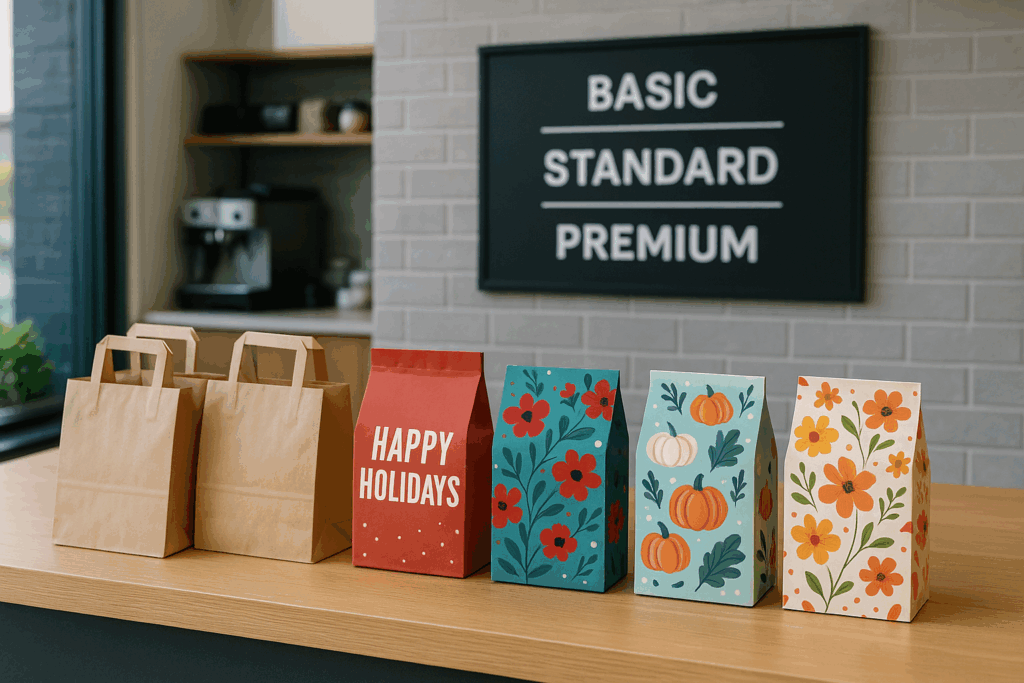Small business owners watch Taylor Swift release multiple vinyl variants that sell out instantly. They think it’s genius marketing they could never replicate.
They’re wrong.
The real genius isn’t in Swift’s budget or celebrity status. It’s in understanding what customers actually want versus what business owners assume they want.
I see this disconnect constantly in my consulting work in Timaru. Business owners get stuck in differentiation ruts, offering the same product year after year because “it works.”
But “works a bit” isn’t the same as “works well.”
The Assumption Trap
There is a man in South Canterbury who runs a small accounting firm. He was convinced his clients only wanted basic tax returns at the lowest possible price.
He’d been doing the same standard package for years. Same service, same price, same complaints about tight margins.
When I pushed him to actually survey his existing clients, the results shocked him. Some wanted the bare minimum, yes. But others were willing to pay significantly more for quarterly check-ins, business advice, or premium packages with same-day turnaround during tax season.
His best clients were frustrated they couldn’t get more comprehensive service from him. He was leaving money on the table because he never asked what they actually wanted.
This is exactly what Swift understands. Her fans don’t just want one album. They want collectible editions, different artwork, exclusive content. She gives them reasons to buy multiple versions of the same thing.
The Fear Factor
The mental block stopping most small business owners isn’t lack of creativity. It’s fear.
They feel comfortable with what’s worked in the past, even if it’s only worked “a bit.” The thought of breaking what works terrifies them more than staying stuck in mediocrity.
This is where Swift’s approach becomes instructive. She doesn’t revolutionise everything at once. Each variant maintains her core brand identity while offering something unique enough to justify multiple purchases.
The solution is small incremental changes and trials. I had a pet shop owner thinking about opening a large doggy day care facility. Instead of risking everything on a massive expansion, we started with a small version to gauge demand.
It worked. Now she’s expanding gradually based on proven demand rather than hopeful assumptions.
The Cultural Reality
Here’s where most business advice falls apart for New Zealand companies. Americans might fall for artificial scarcity tactics, but Kiwis see through marketing hype most of the time.
Fake “limited time offers” that could easily be extended turn consumers off. They can smell the sleaze from miles away.
The solution is genuine capacity limits rather than artificial deadlines.
I know a marketing consultant who offers bonus strategy sessions to the first five clients who sign up for her quarterly package each year. It’s not fake scarcity. She genuinely only has the capacity for five intensive sessions due to her other commitments.
The bonus has real value. The limitation is genuine. Her existing clients know she follows through. This creates urgency without the sleazy feeling that turns Kiwis off.
She’s not saying “only 24 hours left” when she could easily extend it. She’s saying “I can only physically do this for five people.” It feels honest and authentic because it is.
The Consistency Mistake
Swift maintains a cohesive showgirl aesthetic across all her variants while making each one unique enough to collect. Most small businesses get this completely wrong.
They either make everything look exactly the same, giving customers no reason to buy multiple versions, or they go completely random with no connection between variants.
A bakery owner was doing seasonal specials. Each one looked like it came from a different business entirely. Different fonts, different colours, completely different packaging styles.
Customers didn’t even realise the Christmas cookies and Easter treats were from the same place.
When he created a consistent brand template but changed just the seasonal colours and one key design element, everything changed. People started recognising it as a collection.
They’d come in asking “what’s the next seasonal special going to look like?” because they could see the pattern. The consistency made the variations more valuable, not less.
Building Anticipation Without Instagram Fame
Swift promotes her variants across multiple channels to millions of followers. Small NZ businesses don’t have that luxury.
But they do have something better for building anticipation: email lists.
Most small businesses here have decent email lists of existing customers but use them terribly. They send invoices or generic newsletters and wonder why nobody cares.
I tell my clients to treat their email list like Swift treats her fan base. Send behind-the-scenes emails showing new seasonal cookies being developed. Then a “coming next week” teaser. Then the launch announcement.
The bakery I mentioned started doing this. His seasonal launches went from selling maybe 20% more than usual to completely selling out within days.
Kiwis might be skeptical of hype, but they love being “in the know” and feeling like they’re part of something special. Email lets you build that insider feeling without the public pressure of social media marketing that can feel too pushy here.
The Real Lesson
Swift’s vinyl strategy works because she understands her customers better than most business owners understand theirs. She knows they want to collect, to feel special, to own something unique.
The lesson for small businesses isn’t about creating artificial scarcity or copying her exact tactics. It’s about actually asking your customers what they want instead of assuming you already know.
Then testing small variations before making big changes. Building genuine limitations based on real capacity constraints. Creating consistent visual identity across your variations.
Most importantly, it’s about recognising that your customers probably want more from you than you’re currently offering. The question is whether you’ll give them the chance to buy it.
Start with one small variation. Test it with your existing customers. Build from there.
Your email list is waiting.

